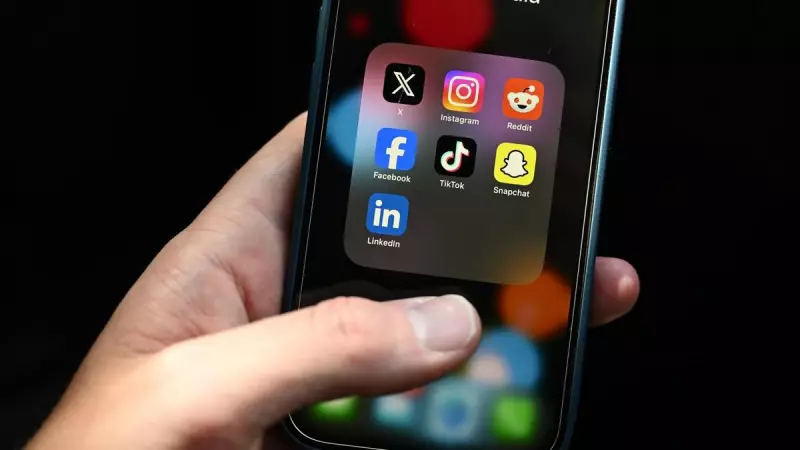
Australia is implementing sweeping changes to how young people access social media, with a nationwide ban affecting users under 16 years old coming into force in less than two weeks. The Albanese government's social media restrictions, officially termed a "delay" rather than an outright ban, represent one of the most significant digital safety reforms in recent years.
Which Platforms Are Affected by the New Restrictions?
The Social Media Minimum Age obligation (SMMA) takes effect on December 10, targeting major platforms including Facebook, Instagram, Kick, Reddit, Snapchat, Threads, TikTok, Twitch, X and YouTube. These platforms have been designated as "age-restricted social media platforms" by Australia's eSafety Commissioner and must comply with the new regulations.
While the current list appears finalized for the December 10 implementation, the government acknowledges that more platforms may be added over time as new services emerge and existing platforms develop new features. Notably absent from the initial restrictions are Discord, GitHub, Google Classroom, LEGO Play, Messenger, Pinterest, Roblox, Steam and Steam Chat, WhatsApp, and YouTube Kids.
When Will Account Restrictions Begin?
Although the official start date is December 10, several platforms have already begun notifying underage users about the impending changes. Meta will begin deactivating accounts held by under-16s on Facebook, Instagram, and Threads from December 4, giving affected users a fortnight to download their digital content and memories.
Platforms like Snapchat and Meta are providing young users with options to download their data and offering users over 16 the opportunity to verify their age through third-party identification methods. The phased approach aims to minimize disruption while ensuring compliance with the new regulations.
What Access Remains for Young Users?
Despite the account restrictions, users under 16 will still be able to access publicly available content that doesn't require logging into an account. This means they can continue watching most YouTube videos, reading public posts, and searching for information across various platforms without maintaining active accounts.
eSafety clarifies that "if you're under 16 you can still search for and watch videos, read posts and find information — as long as the platform you're using allows access without logging into an account." Some platforms may also offer the option to deactivate accounts temporarily, allowing reactivation once the user turns 16.
Why Implement These Restrictions?
The Australian government cites growing concerns about the impact of social media on young people's mental health and development. Constant notifications, disappearing stories, and algorithmic content can create addictive patterns that keep users engaged even with negative or manipulative content.
Research shows these features can significantly impact stress levels, sleep patterns, and encourage unhealthy social comparisons. The restrictions aim to protect young Australians from these harms while encouraging the development of emotional, social and digital skills through offline interactions.
Enforcement and Penalties
Importantly, no individual under 16 will face punishment for attempting to access restricted platforms. The regulatory focus remains squarely on the social media companies themselves, who could face penalties of up to $49.5 million for non-compliance.
The ban will be co-regulated by eSafety and the Office of the Australian Information Commissioner (OAIC), which will enforce the Online Safety Act 2021. Adults who help children circumvent age restrictions should be aware they could be held responsible under other laws if something harmful occurs to that child online.
For users over 16 who have their accounts mistakenly deactivated, platforms are required to provide review processes to resolve the issue. eSafety recommends affected users visit the "help" or "support" sections of the relevant platform, though response times remain uncertain during the initial implementation phase.




